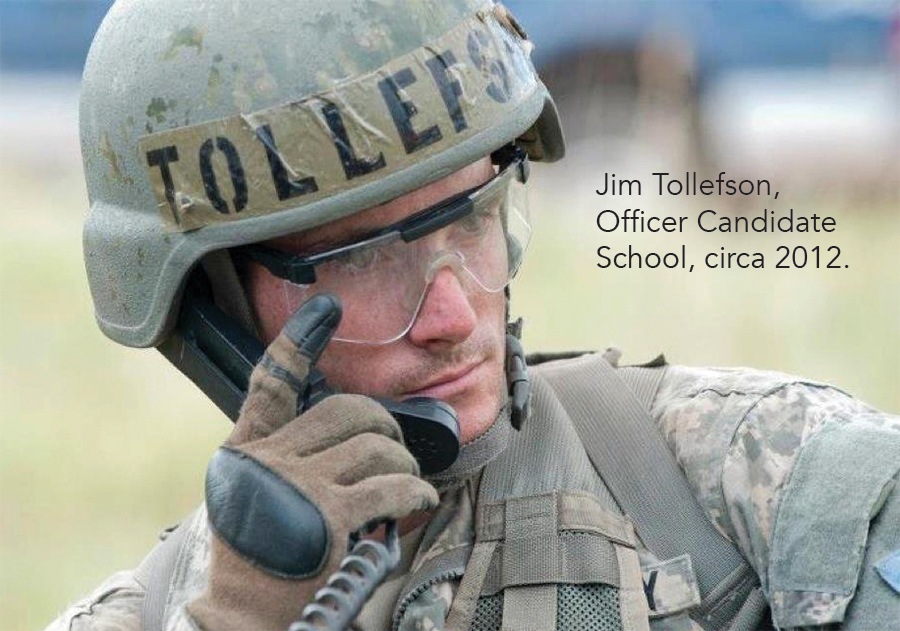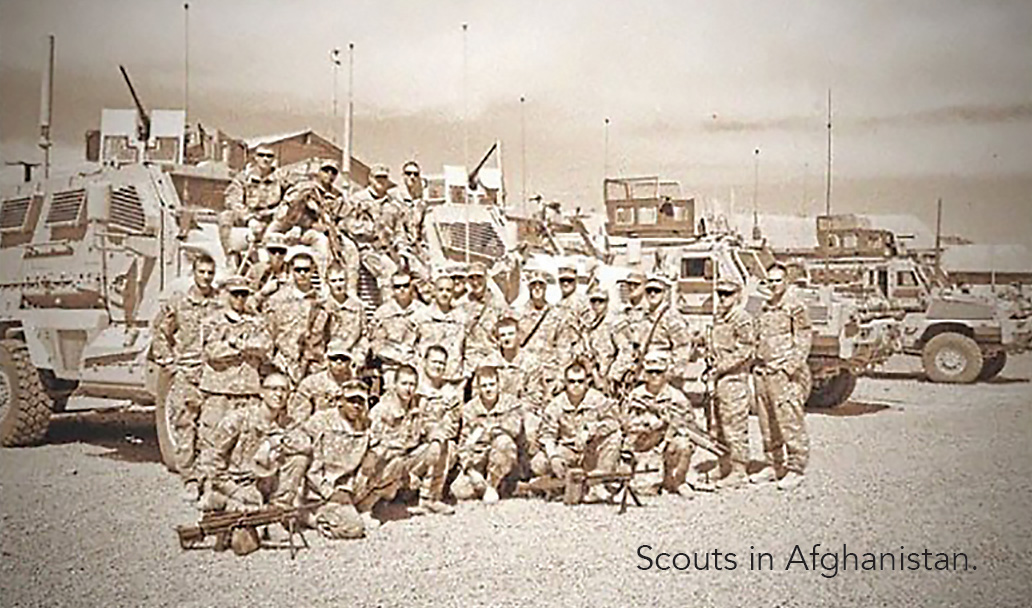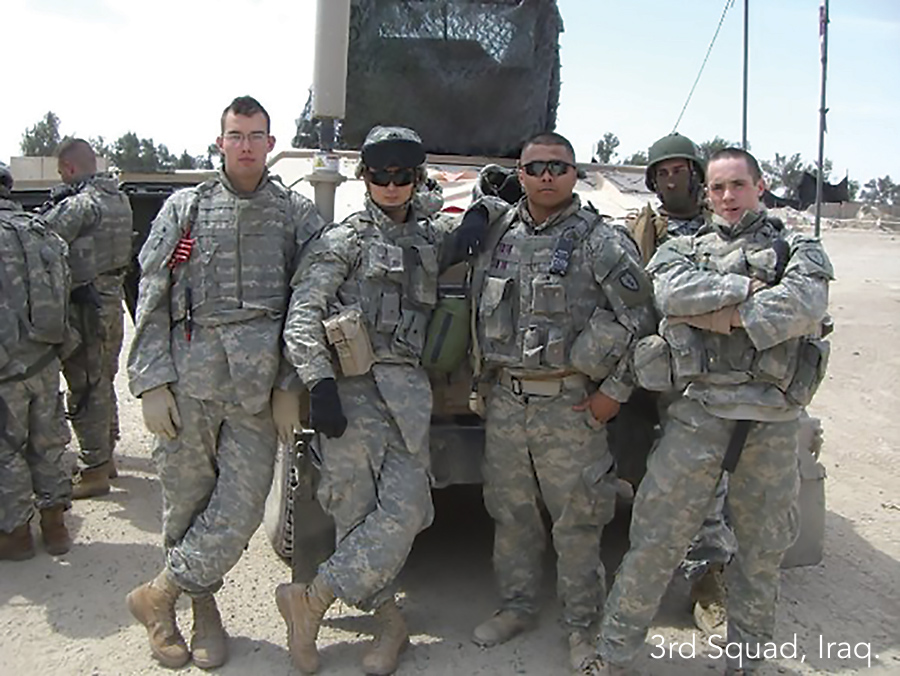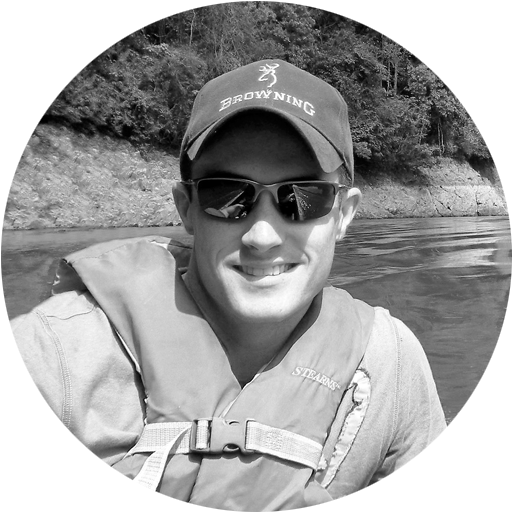am a military math nerd. I read statistics textbooks and calculus primers for fun – and then go to work and blow things up. For more than 15 years, I have served my nation at home and abroad. As a young soldier, I stood face-to-face with my nation’s adversaries with a mission to overcome. Later I became a leader and coached others in the achievement of the same mission.
The military profession is somewhat unique. It is one of very few professions whose practitioners routinely make life-or-death judgments about other people. But it is also similar to other occupations in many ways. It has its own culture, rules, and codes of conduct. It has a sense of itself as something set apart, something that requires special training, certification and experience to fully master. And it places great importance on its members’ analytical skills.
To analyze is to conduct a “detailed examination of the elements or structure of something.” All professionals deconstruct problems in order to understand problems and find solutions. Human resources professionals conduct culture assessments. Accountants examine financial statements. Lawyers consult legal precedents. The analysis of problems is part and parcel of each professional’s daily work.
I am a good soldier and therefore was promoted many times. Eventually, I found myself working at the top of the organizational hierarchy, helping to create strategy and shape the organization’s future. I had grown accustomed to directly leading small teams. Now I found myself directly responsible for no one while contributing to decisions that would affect nearly 2,000 people.


This was an assignment for which nothing the Army had taught me applied. Army bureaucracy is complex. Suffice it to say that I needed to justify getting more resources from a higher headquarters in Washington, D.C. No map reconnaissance or terrain analysis was going to help me in this new scenario. Out of desperation, I resurrected what I remembered from a college Statistics 101 course and created a very simple linear model and some associated statistics. I’d like to say I did this because I knew this was the best approach and acted accordingly. In truth, I used these techniques because they were the only ones I knew. I did this with no premonition of its import for my future, but simply because it was the only approach remaining that I hadn’t already tried.
To my astonishment, I was wildly successful. A key stakeholder remarked that my analysis was the standard every other organization of our kind should strive to emulate. I instantly became a “nerd,” a person who uses math for something besides doing their taxes. People seemed to believe I had attained some sort of administrative nirvana.
Now, I think it’s important to be clear about exactly what I did to inspire such lofty praise. There were four steps:
- I selected some convenient performance metrics and created a couple of new ones using readily available data. Like most metrics, the level of mathematical maturity required to create these was achieved sometime during the fourth grade.
- I created a scatterplot in Microsoft Excel using my new metrics, enabled the linear trendline option, and then checked the “show R-squared” box. This was achieved through heavy reliance on YouTube tutorial videos.
- I Googled what R-squared was because I couldn’t really remember.
- I wrote a brief summary of my findings that boiled down to “my R-squared is high so you should do as I want.”
No technical skill whatsoever resulted in instant success and acclaim. My organization had been trying unsuccessfully to acquire these resources for years, and I succeeded in obtaining them in two weeks. My leaders were surprised at how quickly I had succeeded, and so was I.
First, our analytical tools must grow with us. The way we learn to solve problems as young professionals does not scale to the level of organizational leadership. I am very good at analyzing terrain and the effect moving through it will have on the combat effectiveness of soldiers. But I need something more sophisticated than first-hand observation to address cultural and climate issues in an organization of 2,000 people. When our problems outgrow our tools, we need different tools. In a today’s professional context, that almost always means we need powerful, quantitative analytics.
Second, the appetite for analytics is insatiable. My observation has been that most leaders don’t know what they want but they recognize it immediately when they see it. Accordingly, they will not ask you to connect Alaska’s macroeconomic trends to your company’s talent strategy using statistical modeling. But when you do, they will immediately recognize and appreciate the value you have produced.
Third, data literacy is virtually nonexistent. This is especially true in historically non-quantitative fields like law and human resources, but it is a problem almost everywhere. In some organizations, data literacy is as rare as traditional literacy was in feudal Europe. As in feudal society, the literate become priests, professors and prophets to the powerful. They reign unchallenged because the illiterate lack the knowledge to refute them. Widespread literacy was the necessary precursor of the Reformation, the Enlightenment and modern democratic government. Widespread data literacy is equally necessary for our organizations to rise to the next level in their development.

Anyone can do analytics. If you deal with problems at an organizational scale, you need analytics. The tools are mostly free, and the training is inexpensive. You can only benefit from taking the plunge.
